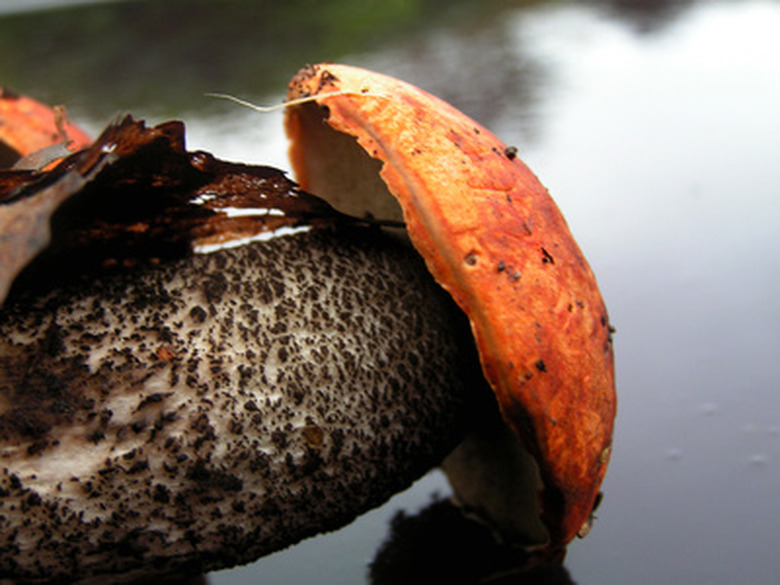Mushroom Hunting In North Idaho
Foraging for wild food–mushrooms, in particular–is back in fashion as people look to reconnect with nature and their past. Bands of mycophiles are regularly seen roaming wooded areas in search of edible fungi. North Idaho is an area of immense natural beauty and makes for a perfect place to go mushroom hunting.
Geography
Geography
Sometimes referred to as the Idaho Panhandle because of its long, thin shape, north Idaho is a mountainous area covered in natural parkland. North Idaho's elevation and proximity to the Pacific Coast ensures a varied climate, with dry summers and wet winters. During winter, cloud cover, humidity and precipitation are at their highest points. These three factors combined provide perfect growing conditions for mushrooms. The best season to go mushroom hunting in north Idaho is spring.
Considerations
Considerations
Generally, there is no specific permit required for mushroom hunting in north Idaho, as long as the mushrooms collected are for personal use. Some state parks and national forests might have individual restrictions regarding the amount of mushrooms you are allowed to harvest. If you wish to sell the mushrooms afterward, you need to obtain a commercial gathering permit from the local Forest Service office.
Types
Types
The many lakes in north Idaho nestled in among the surrounding mountains make for ideal mushroom hunting grounds. At higher elevations, you are likely to find morels, and in and around lowland wooded areas and the lakes, chanterelles, meadow mushrooms and boletus miribalis mushrooms grow in abundance.
Identification
Identification
Always take a field guide out with you. Good field guides give descriptions and images of any mushrooms likely to be growing in the area. Field guides also list any poisonous mushrooms that look similar to ones you might want to pick, helping you to avoid any potentially fatal mix-ups. It is best to go out in a group the first time you go mushroom picking or join up with a local mycological society. Sadly, many of the mycological associations in north Idaho have closed down in recent years. The Palouse Mycological Association, operating out of Washington State University, still run occasional field trips in north Idaho.
Warning
Warning
There are many more poisonous mushrooms than edible ones. Even experienced pickers can make a mistake. Never eat raw mushrooms. Only try two cooked teaspoons of a mushroom variety when trying it for the first time. Wait for 24 hours after trying it to make sure there is no delayed allergic reaction. It is best not to drink alcohol the first time you try a new mushroom species because this increases the likelihood of an allergic reaction.
Cite This Article
MLA
Jackman, John. "Mushroom Hunting In North Idaho" sciencing.com, https://www.sciencing.com/mushroom-hunting-north-idaho-6511640/. 22 November 2019.
APA
Jackman, John. (2019, November 22). Mushroom Hunting In North Idaho. sciencing.com. Retrieved from https://www.sciencing.com/mushroom-hunting-north-idaho-6511640/
Chicago
Jackman, John. Mushroom Hunting In North Idaho last modified March 24, 2022. https://www.sciencing.com/mushroom-hunting-north-idaho-6511640/
